1797 Choosing to speak
Last Winter
by Carrie Mac
Toronto: Penguin Random House Canada (Random House), 2023
$24.95 / 9781039005198
Reviewed by W.H. New
*
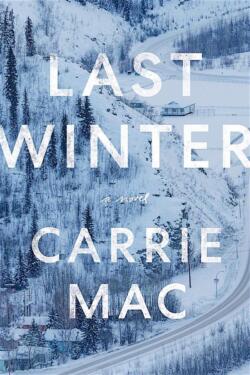 Readers who finish Carrie Mac’s Last Winter and then turn to her biographical note will recognize that many of the themes of her novel arise from lived experience: a declared identity as queer and bipolar, the tough life of a BC mountain town (think Pemberton, though the novel’s setting is fictional), and a commitment to speak with the direct language of the vernacular, using (and writing for) those for whom connection can be a challenge. Known for earlier writings addressed primarily to marginalized youth, Mac turns in this novel to examine a real-life mountain tragedy — a story of families, already disrupted, who are even further broken when an avalanche strikes and buries almost all of a group of children who were on a winter wilderness camping hike.
Readers who finish Carrie Mac’s Last Winter and then turn to her biographical note will recognize that many of the themes of her novel arise from lived experience: a declared identity as queer and bipolar, the tough life of a BC mountain town (think Pemberton, though the novel’s setting is fictional), and a commitment to speak with the direct language of the vernacular, using (and writing for) those for whom connection can be a challenge. Known for earlier writings addressed primarily to marginalized youth, Mac turns in this novel to examine a real-life mountain tragedy — a story of families, already disrupted, who are even further broken when an avalanche strikes and buries almost all of a group of children who were on a winter wilderness camping hike.
Mac notes that the novel is based on a real event but does not specify which. Readers seeking more may remember a tragedy in January 2023 when a group of Alberta 10th-graders were struck by an avalanche near Rogers Pass: in that instance the tumbling snowfield was some 800 metres wide, a kilometre long, and five metres deep. (Statistics report that a half hour after an avalanche, the survival rate for those in its path drops to 50 percent, and at 45 minutes it drops to less than 30 percent). In the Alberta event in 2003, though the group (as in Mac’s novel) carried transceivers, seven people died, and the five who survived are currently living with ADHD. In Last Winter, the setting and the numbers differ, but the fact of disruption is comparable, and the nature of disruption itself becomes the central issue that the novel addresses.
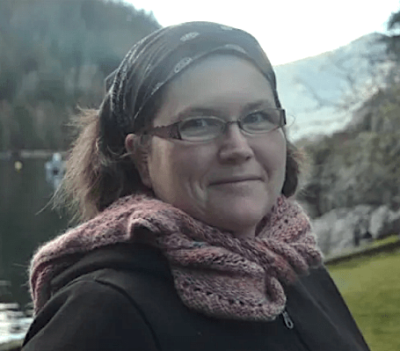
Last Winter is structured in three parts: Before, During, and After [the avalanche], with a preliminary two pages of foreshadowing. It quickly becomes clear that ‘avalanche’ here is a giant metaphor, not simply a mountain moment or an historical narrative fact. For the novel tries to make clear that there are fissures of various kinds that disrupt a community — divides inside marriages, divides between (estranged, loving, philandering) couples, divides amongst the community’s children, divisions between those who attend official schools and those who attend an alternative school, distinctions between a backcountry BC town and an English town with other conventions, divides between sensitive children and bullies, and more.
Of particular notice are the two central women of the story: adult English-born Fiona (whose marriage is at the breaking point) and her 8-year-old daughter Ruby, who has a condition known as ‘selective muteness’ — an anxiety disorder (separate from, but related to, a form of autism) in which the child can speak but chooses not to or (stressed for some reason) finds herself unable to utter the words that she can continue to articulate inside her head. Fiona’s relationships are emotionally wrought (she loves, but expresses love erratically); her husband Gus (at one time an Olympic athlete, who is mountain savvy but who as the guide when the avalanche hits becomes powerless) also loves, but he spreads his impatience as much as his affection. Gus’s loving connection with Ruby, by contrast, is absolute, while Fiona’s is, at the very least, inconsistent. Fiona’s actions may even seem incoherent to those who do not understand how a bipolar condition will react to an uncontrolled mix of prescription drugs and alcohol. Exacerbated, the condition may be abruptly dismissed as irrationality.
Combine these ‘outsider’ figures with the more conventional figures in the town, and the social fissures start to open up, as do the hidden cracks in the mountain snow. These characters include some long-suffering male and female friends who attend sporadically to Fiona and Gus, a group of girls and boys named Nino, Skye, Tag, and Shane (who are roughly of Ruby’s age but who isolate her), a family of ‘two moms’ (who spoil their son Shane, the bully), a boy named Liam who connects empathically with Ruby. Bring them all together and the fissures widen — to be split even further when, after the avalanche, conventional journalism turns the event into momentary drama. A shared community loss turns into recrimination. Hurt engenders blame.
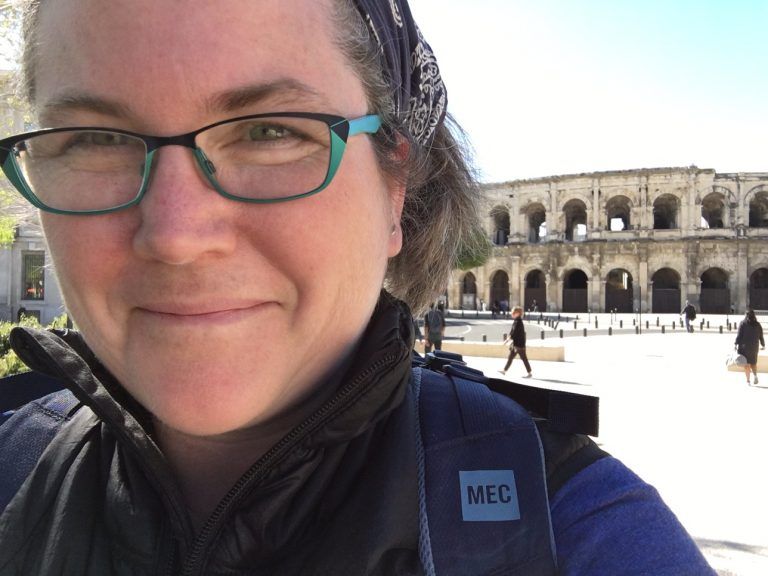
Readers — and there may, given Carrie Mac’s recognized skills at writing for disadvantaged teens, be young adult readers among them — will fasten most likely on the events of the avalanche in Section Two of the novel. The writing here is fast, the events vivid, the confusion of the moment real. This section is also the shortest section, for that’s what the novel demands: the narrative isn’t cast as a romantic tv romance drama, but as something with more depth. It suggests that the physical moments of the tragedy, while clearly at its narrative centre, are not what the reader should be focussing on. Instead, the focus is split: between the long opening section, which enumerates all the conditions that lead up to the tragedy, and the pages of denouement, in which Mac articulates a hope that some long-term resolution might be possible.
The opening section (which some readers may find slow) spells out the character and effects of a bipolar experience. The pace stresses the relentlessness of Fiona’s condition. The novel questions the usefulness of conventional social judgments, recognizing that fissures run deep and that waiting to address them invites disaster.
Of key importance throughout is the question of language: who has it, who uses it (and how), who chooses not to use it (and why): who understands the range of expressions that we equate with the very idea of ‘language’ (and asks what else we might wish to understand). In Last Winter, readers will encounter some technical language (Mac has experience as a paramedic), some child language, some coarse language (which is the practiced idiom of a few workers, the lax idiom of characters who have not learned received speech, and the deliberate choice of still others who openly resist and reject ‘received’ speech). There is also some interrupted and lost language (that’s Fiona, torn between depression and mania, between drugged disorder and an uncontrollable desire to matter). And then there is Ruby, ultimately a saviour figure, who expresses herself in silent thought and practical action, sometimes with impractical self-endangerment, and again and again with love.
*
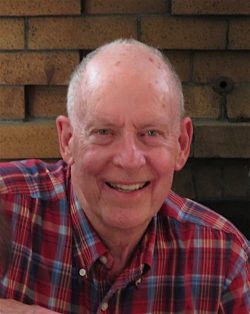
W.H. (William) New has written five books for children, including The Year I Was Grounded (Tradewind, 2009), and he has written widely on short fiction in Canada, Australasia, and elsewhere. His most recent books include Neighbours (2017) and In the Plague Year (Rock’s Mills Press, 2021), reviewed here by Gary Geddes, and he is the author of Reading Mansfield & Metaphors of Form (McGill-Queen’s University Press, 1999). Editor’s note: William New has recently reviewed books by Corinna Chong, Robert Chursinoff, Harold Macy, Paul Sunga, Emily St. John Mandel, and Tamas Dobozy for The British Columbia Review.
*
The British Columbia Review
Interim Editors, 2023-24: Trevor Marc Hughes (non-fiction)
Brett Josef Grubisic (fiction)
Publisher: Richard Mackie
Formerly The Ormsby Review, The British Columbia Review is an on-line book review and journal service for BC writers and readers. The Advisory Board consists of Jean Barman, Wade Davis, Robin Fisher, Barry Gough, Hugh Johnston, Kathy Mezei, Patricia Roy, Maria Tippett, and Graeme Wynn. Provincial Government Patron (since September 2018): Creative BC. Honorary Patron: Yosef Wosk. Scholarly Patron: SFU Graduate Liberal Studies.
“Only connect.” – E.M. Forster
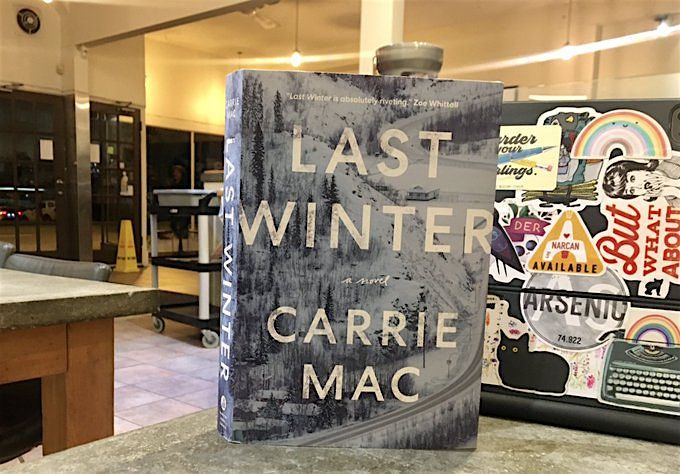
3 comments on “1797 Choosing to speak”